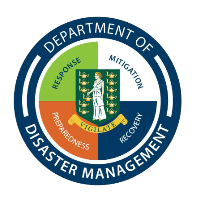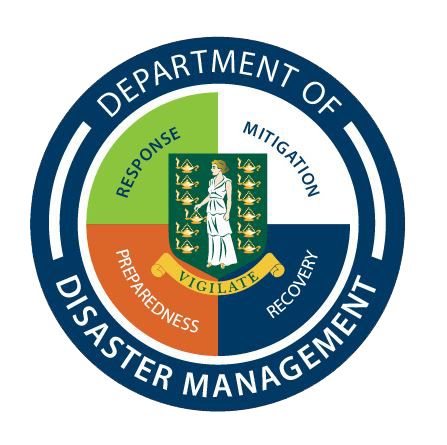Current Position: 25.3N /
86.6W
Geographic Reference: 300 miles
SW of Tampa Bay, FL
Movement: NE at 7
mph
Max Winds: 40 mph
gusting to 50 mph
Organizational Trend: Increasing
Forecast Confidence: Average
Current Hurricane Severity Index: 2 (1 size
/ 1 intensity)
Peak Forecast Hurricane Severity
Index: 4 (2 size / 2 intensity)
The National Hurricane Center has
upgraded Disturbance 2 to Tropical Storm Andrea based on data from aircraft
reconnaissance that shows a well-defined center. There have not been any
significant changes to their forecast track or expected impacts.
Forecast
Forecasters expect Tropical Storm
Andrea to move northeastward and make landfall near the Big Bend of Florida
Thursday evening. Thereafter, acceleration to the northeast is expected. Andrea
should become extra tropical late Friday as it passes by the Outer Banks of
North Carolina. It should pass the Canadian Maritimes as an extra tropical
system late Saturday and early Sunday.
Aircraft data indicate that tropical storm force winds are
occurring on the east side. Maximum sustained winds are currently estimated at
40 mph. Some slight strengthening is possible tonight. Andrea is likely to have
maximum sustained winds near 45 mph at landfall in Florida. The strongest winds
and heaviest rains will be located to the right (or east) of the path of the
center.
The greatest threat to the Florida Peninsula will be heavy
rainfall over the next 36 hours. The strongest winds should be confined to the
beaches and offshore areas. As the low center tracks up the east coast on
Friday and Saturday, the strongest winds will remain to its east out over the
ocean.
Expected Impacts Onshore
Florida Peninsula
Rainfall: Over the
next 36-48 hours, many areas are likely to see 2-4 inches of additional
rainfall with isolated totals to 6 inches. Some areas along the coast between
Tampa and Ft. Myers could see 4-6 inches of rain with isolated totals of 8-10
inches. These rains are likely to cause localized flooding.
Wind: Sustained
winds of 30 mph to 40 mph with gusts of 45 mph to 50 mph are likely across
portions of the northern and central Florida Peninsula as well as the eastern
Panhandle. The strongest winds are expected late Thursday through the overnight
hours Thursday night. The strongest winds are expected along coastal areas of
the Gulf Coast from Key West to Naples to the Tampa Bay region. Some scattered
power outages lasting for a few hours are possible.
Storm Surge: Tides of 1
to 3 feet above normal are likely in areas of onshore flow in the Florida Keys
and the Gulf Coast of the Florida peninsula late tonight through Thursday
night. This is may cause some minor coastal flooding.
This system is no threat to the Virgin Islands however; Residents
are urged to make preparations as the season has got off to an early start.
The Department of Disaster Management will continue to monitor any
potential systems and advise the public accordingly. Please visit the
Department’s website at www.bviddm.com and subscribe for future updates.
Disclaimer: The Department of Disaster Management (DDM) is not an
official Meteorological Office. The Information disseminated by the Department
is gathered from a number of professional sources used or contracted by the DDM
to provide such information. This information is to be used as a guide by
anyone who has interest in local weather conditions. By no means can the DDM or
the BVI Government be held accountable by anyone who uses this information
appropriately for legal evidence or in justification of any decision which may
result in the loss of finances, property or life.





